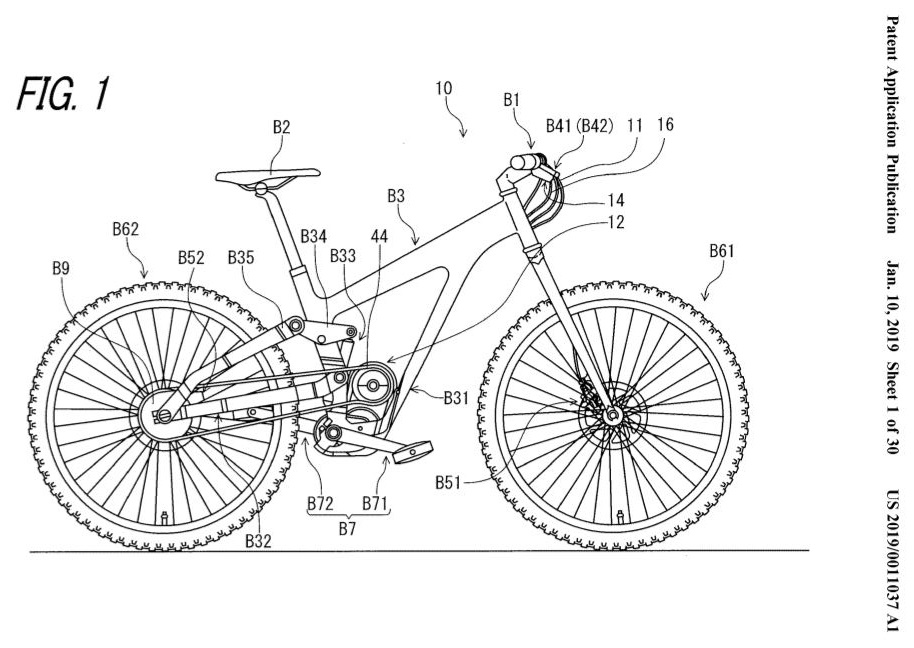It's interesting that I've written some forum comments that questioned the merits of ebikes striving so hard to look traditional while intuitively understanding there is a point that a design actually leaves the space that most people would feel a design remains a bike (the reason that I'm not a big fan of the motorcross motorcycle looking products with cranks when in reality they do not even attempt to allow the rider to effectively provide input power). This article is not so much about a new Shimano gearbox as it is about the paradign shift that ebikes are beginning to touch to bring more buyers into an industry that had stagnated (always cared too much about weight and tradition)....

 www.bicycleretailer.com
www.bicycleretailer.com

Vosper: Shimano’s new gearbox + e-bikes = the future of just about everything
What this potential replacement for the venerable derailleur drivetrain tells us about disruptive technology, the concept of net novelty, and the future of the entire cycling industry.

